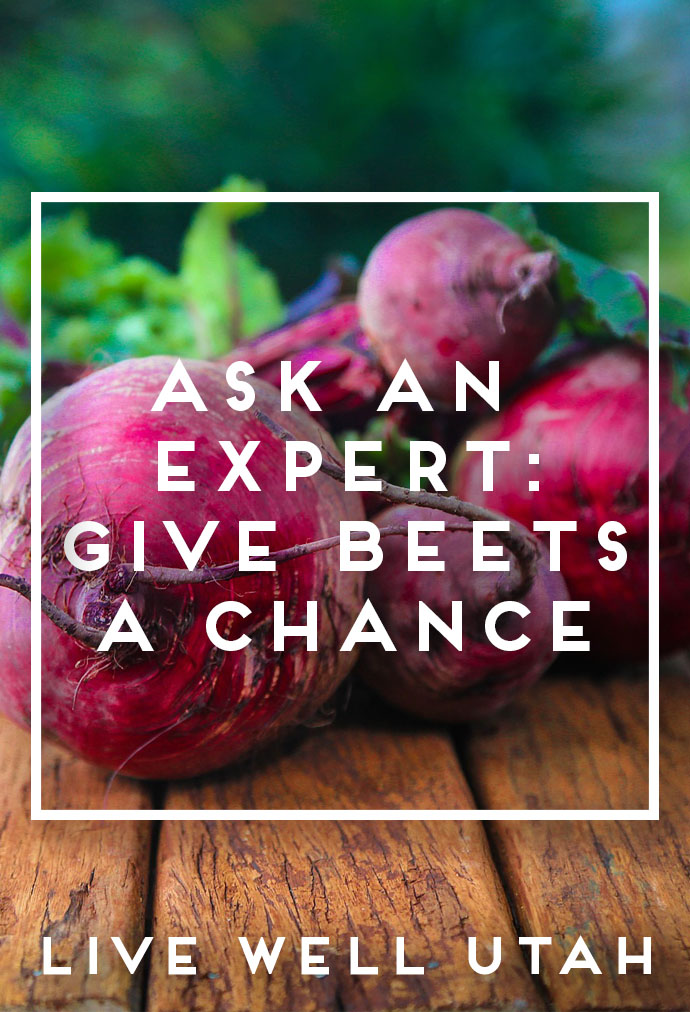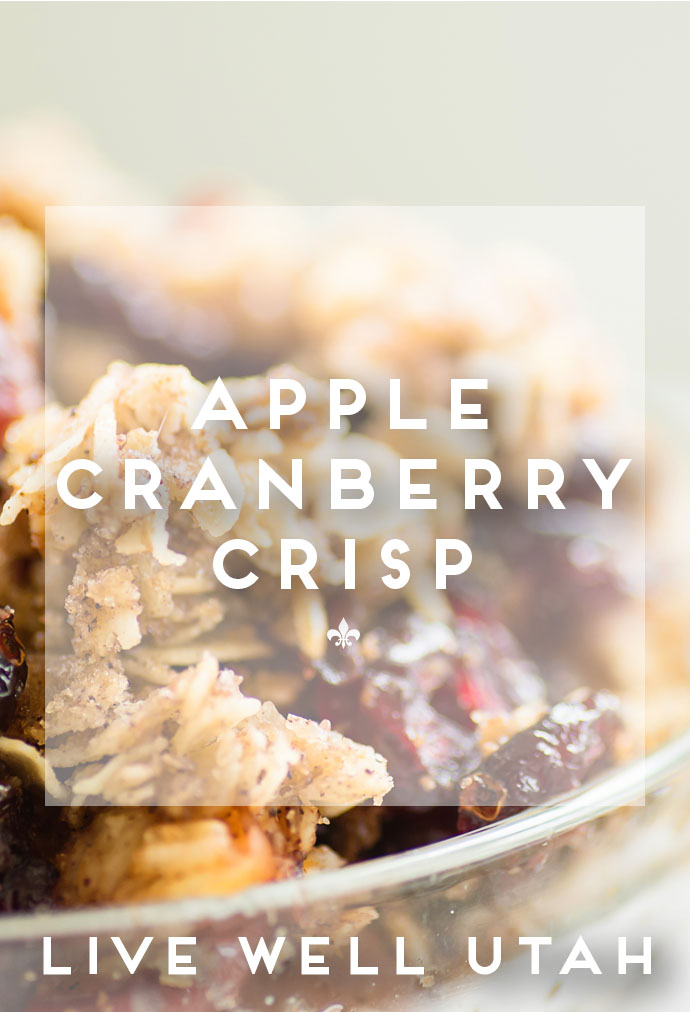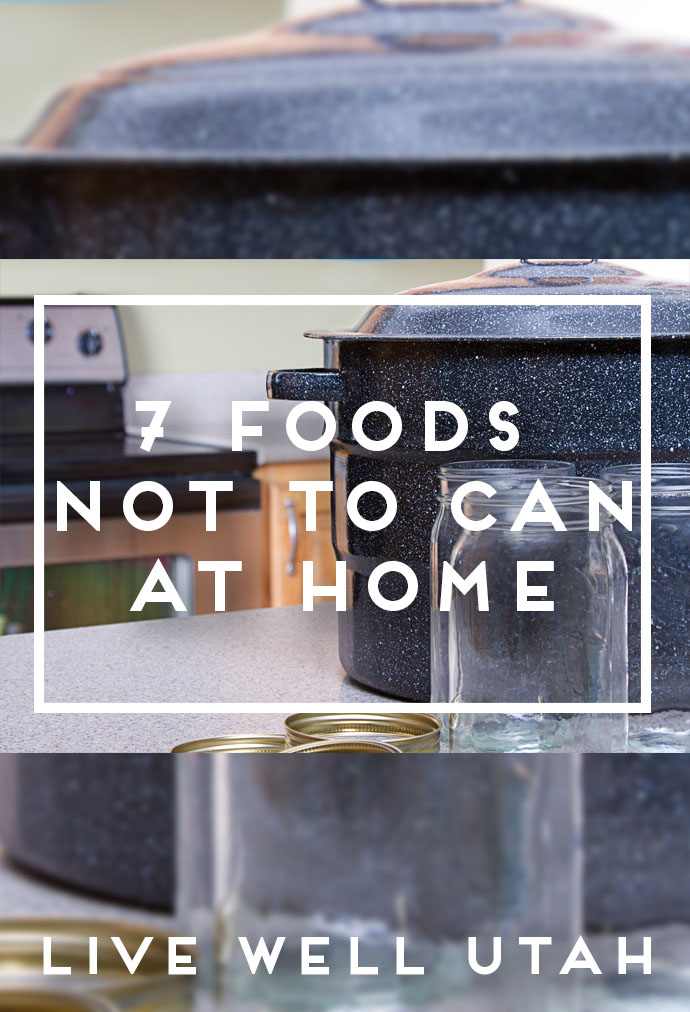Ask an Expert // Give Beets a Chance
Take home some beautiful red beets next time you’re at the Farmers Market or grocery store. Read on to find out the many nutritional benefits of beets and get some tips on how to prepare them.
When it comes to eating beets, there are those who love them and those who… well, don’t. If you are in the group of beet lovers then you probably already have a favorite way to prepare them and use them in side dishes or salads. Other readers may need some convincing before taking steps to include beets in their diet.
Good For You
One of the best reasons to develop a taste for these bright red root vegetables is because they are a good source of folate which helps in the manufacturing of red blood cells and other genetic cells throughout the body. Beets are also a good source of the mineral manganese needed for normal body growth and health. Calcium and potassium are other beneficial nutrients found in beets. Of course, Calcium is known to strengthen bones and teeth. Older adults also rely on the help of calcium-rich foods and supplements to ward off osteoporosis. Potassium works to keep blood pressure low helping the heart to function efficiently.
Color and Texture
Another reason to use beets is because they add beautiful color and texture to salads. Before slicing or beets for a salad, the outer skin or peel must be removed. It can be removed while the beet is raw but it will be to your advantage to slip on food handler gloves to avoid staining the skin on your fingers. Most find it easier to roast or boil the beets before peeling.
Beet Greens
Don’t give in to the temptation to discard beet greens. Beet greens are actually grown for use in commercially-bagged salads. They can be exchanged for Swiss chard or spinach in your own creative salad. The reddish veins in the leaves break up all the shades of green normally found in salads. To preserve the crispness of home grown beet greens, they should be harvested, washed and refrigerated quickly in a breathable plastic bag and then used within the next two-three days. Beet greens are nearly ready for harvest is most parts of Utah. Start looking for them at local farmer’s markets if you don’t have any in your garden.
Beet greens are a great source of lutein, an antioxidant that helps protect the eyes from age-related macular degeneration and cataracts. The greens also contain a wide variety of phytochemicals that may help actually improve the health of your eyes and nerve tissues.
Preserve for Later
Maybe fresh beets aren’t appealing to your palate. If that is the case, perhaps consider the benefit of having preserved beets as part of your home food storage. Home canned beets are good to have on hand to cut or shred for soups, salads and other side dishes such as borscht and gazpacho.
For approved recipes to use for home preservation of beets, contact your local USU Extension Office or visit the National Center for Home Food Preservation. There you will find recipes for whole, cubed or sliced beets, as well as pickled beets.
More About Beets
- The color of beet roots can range from dark purple to bright red, yellow, and white. When cut transversely, the roots show light and dark rings, sometimes alternating.
- The Chioggia beet is red and white-striped, and nicknamed the “candy cane” beet.
- Beet juice is widely used as a “natural” dye to give pink or red coloration to processed foods.
- Beets have the highest sugar content of any vegetable.
- Small beets (about a half-inch in diameter) are good for eating raw. Medium and large-sized beets are best for cooking. Very large beets (more than three inches in diameter) may be too woody for eating.
Kathleen Riggs is the Utah State University Extension family and consumer sciences professor for Iron County. Questions or comments may be sent to kathleen.riggs@usu.edu or call 435-586-8132.













